The importance of body language – How to be seen, heard and felt… Part 2
In this second part of impactful communication tips and techniques, I have a sneaking suspicion that there may be those among you who will say ‘yeah, yeah, we know that gestures are important.’
Just how important is a subject of much research. The work of Albert Mehrabian back in the 70’s is still quoted as being an authority upon the impact of face-to-face communication. His research revealed that if the three elements of communication (words, vocal tone and body language) are divided into percentages, body language is apportioned 55% of the impact. That should give you a clue. More importantly still, we know instinctively that when we are looking to get our point across, we use our hands. Common sense too, tells us that a good gesture is a visual reinforcement of a vocal message, drawing in another of our 5 senses to make sure the message strikes well and truly home.
Added to this comes huge amounts of data which corroborate the fact that we cannot not communicate. We are always communicating something, either consciously, or subconsciously. Our body language gives us away, which is why, if we want to make the desired impact upon our audience, we have to take control of our gestures, because if we don’t control them, they control us, and often send a message we don’t want to our audience.
There are many forms of gesture, but in this blog, I just want to outline 3 main ones: descriptive, itemising and emphatic.
Descriptive gestures are precisely as they sound. The secret to making these truly impactful is to prepare them, in accordance with the message you are going to deliver, with the intention that your gesture will make it easier for your audience to understand.
Itemising is important because you are looking to demonstrate structure to your listeners. If for example you verbally indicate that you have three points to discuss, it is not as impactful as if you back up your statement with the gestures counted out as you go.
Lastly, an emphatic gesture will send the message to your audience that you really mean what you say. There are various options here, all of which work well. Theres the ‘pin in the board’ technique, with your thumb and forefinger together; there’s the ‘orange in the hand’, with your palm upwards, where you are weighing an imaginary fruit in your hand. (Pictures?) Of course, if all else fails and you really want to make your point, you can always thump your chest!!
Lastly, we have what are called ‘rest positions’.
So many of my clients are seemingly at a loss when it comes to knowing what to do with the hands when not gesturing. As mentioned here, what makes us feel comfortable in front of others is not necessarily consonant with the impression we wish to make. If we feel under pressure, for example and it feels comforting to fold our arms, consider the impression this closed stance makes. Similarly, if we put our hands behind our back, it may ‘get them out of the way’ but it can often look rather ‘teacher-like’. Our hands on our hips can come across as confrontational. Worst of all is the ‘fig leaf’ position, with the hands crossed over each other at groin level. (Honestly, look around you at the next networking event and see just how many people do this!!) (photo?)
Remember, people, follow the hands – if you want people to look at your groin this is what you do! It also makes sense that when under pressure, people will default to a position that feels safe and protective. If in doubt about this, observe a defensive wall in football, whilst awaiting a direct free kick.
So, what to do instead?
First, ‘the tent’ – a nice, neutral position for the hands when not gesturing, which makes it easy to gesture with either right or left hand. Remember not to hold your hands with the fingers pointing upwards, as this looks rather like the presenter is praying for deliverance! (Picture if poss here?)
Secondly, ‘the gate’. A similarly held rest position, with the arms at right angles and the hands placed one in front of the other (Picture?) Once again, this keeps the hands ‘quiet’ when not gesturing, but in a position to be readily used when needed.
The same goes for the ‘fist in the hand’ and the ‘imaginary 6 inch piece of string’. Neutral hands, but ready for use when needed. (Picture?)
If you practice these techniques, they will become easier and in time, second nature.
As a public speaking coach and a speaker at events myself, I get the importance of body language and would be happy to help you find your “I am invincible” look J
Or why not download our Free -e-book – A.G.E.N.D.A and find out what will get your audience to sit up and pay attention.
